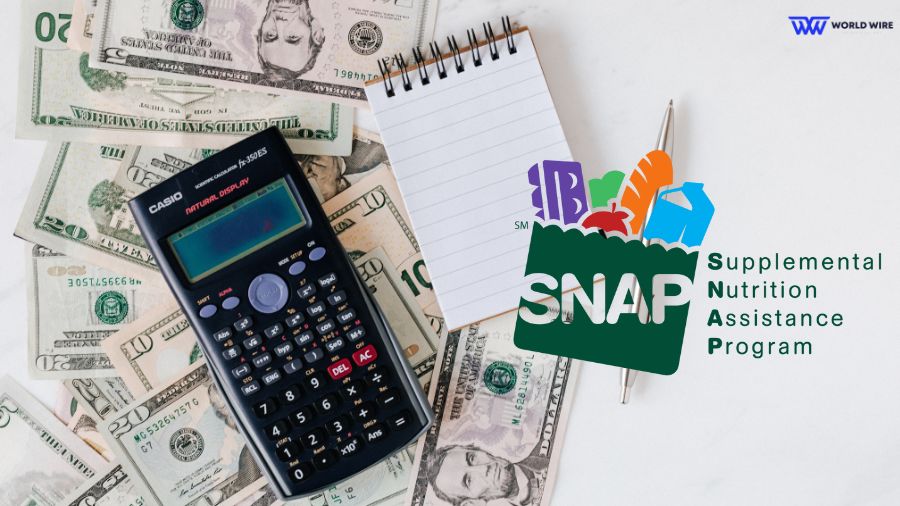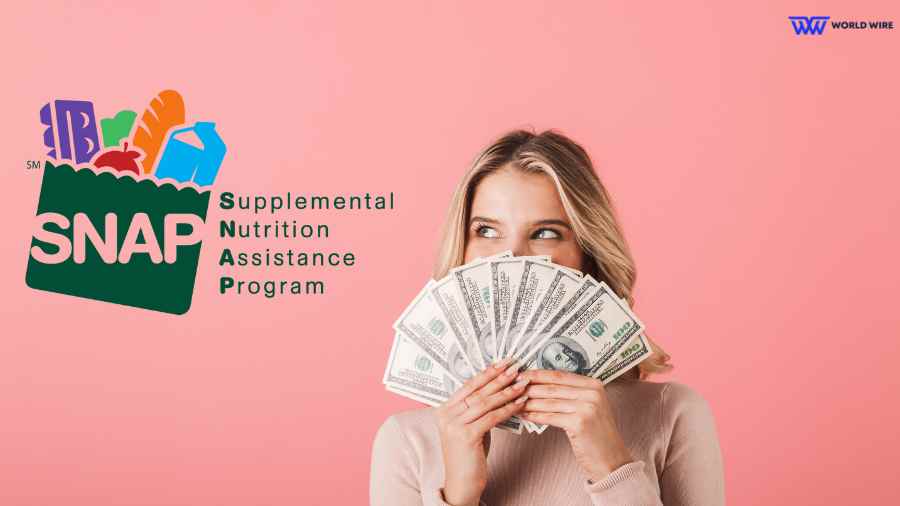The Supplemental Nutrition Assistance Program (SNAP), once called the Food Stamp Program, was designed to help low-income people and families make food affordable for them.
It’s the biggest food aid program in the US, funded by the federal government and ruled by the states.
Every year, millions of households enroll in the SNAP program, which aims to promote better health and well-being among vulnerable groups. This year, the decision revolves around the next eligible categories for SNAP benefits.
As per last year’s updates, New Work requirements were implemented to avail the benefits.
Able-bodied adults without children now need to work or join a training program for at least 80 hours per month.
Last year, the age requirement was set at 52, which has been increased to 54.
However, there are exceptions for people who are pregnant, have mental or physical disabilities, or live with children.
Veterans, homeless individuals, and adults aged 18-24 who were previously in foster care do not have to meet the work requirement to receive SNAP benefits.
The amount of SNAP benefits a household can receive each month varies by state.

The USDA provides a table showing the maximum payments based on household size. After a Cost of Living Adjustment (COLA) of 3.2%, the maximum SNAP benefits for 2024 are as follows:
- For a household with 1 member – the maximum monthly allotment is $291.
- For a household with 2 members – the maximum monthly allotment is $535.
- For a household with 3 members – the maximum monthly allotment is $766.
- For a household with 4 members – the maximum monthly allotment is $973.
- For a household with 5 members – the maximum monthly allotment is $1,155.
- For a household with 6 members – the maximum monthly allotment is $1,386.
- For a household with 7 members – the maximum monthly allotment is $1,532.
- For a household with 8 members – the maximum monthly allotment is $1,751.
- For each additional person beyond 8 members, the household receives an extra $219 per month.
The current SNAP benefit amounts will stay the same until September of this year.
After that, the USDA will update the benefits based on the cost-of-living adjustment, which will increase payments from October 2024 to September 2025.
For example, a household with three members can receive up to $766 per month. Payments are made at different times in each state, but most states send them out in the first two weeks of each month.
Each state has some flexibility in running the SNAP program. This includes setting eligibility rules, processing applications, and offering extra support services to participants.
However, people can apply for food assistance through their state’s SNAP office or online via the state’s website.
During the application process, you’ll need to provide details about your household, income, assets, and expenses.
To qualify for SNAP, you must meet specific income and resource limits set by the federal government.
Eligibility depends on factors like household size, income, and citizenship or immigration status, and these criteria can vary by state.







Add Comment